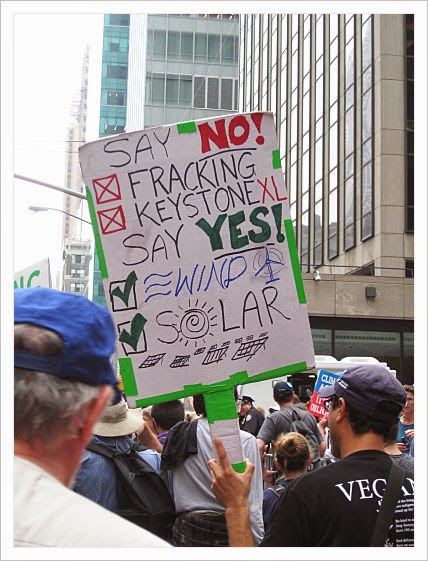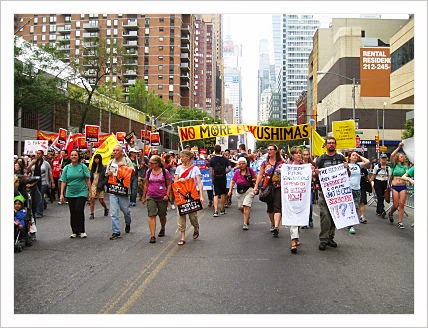 Craig Wallace is Hoke Coleburn and Nancy Robinette is Daisy Werthan in Ford Theatre's Driving Miss Daisy/Photo by Scott Suchman
Craig Wallace is Hoke Coleburn and Nancy Robinette is Daisy Werthan in Ford Theatre's Driving Miss Daisy/Photo by Scott SuchmanDriving Miss Daisy at Ford's Theatre is so good, I could see it again. For theatre lovers and others, you have less than a week to see the show.
I cannot recall any theatre performances when the audience applauded after every scene change like it did for Miss Daisy, but applaud it did, and there are a few scene changes.
From beginning to end, Daisy is a charmer, full of humor and life and relationships and all that's important, and it will keep you laughing while simultaneously serving as a painful reminder of last century's civil rights turbulence in the South.
The story is based upon the family of the playwright, Alfred Uhry (b. 1936 in Atlanta): A black man (Craig Wallace is Hoke) is hired to drive a white Jewish lady, age 72, (Nancy Robinette is Daisy) around town after her son (Ron Heneghan is Boolie) deems her too incapacitated to drive. She's got a tongue, all right. It sizzles and strikes without mercy, sending the audience into frequent hysterics: "She sounds like she has a bowl stuck in her throat," and "If I had a nose like Maureen's, I wouldn't say 'Merry Christmas' to anybody."
The crew of three delivers knock-out performances, and the elders' (Daisy and Hoke) aging on stage occurs so subliminally, their increasingly right-angle postures and slower paces almost go unnoticed. Boolie doesn't stay young forever, either.
At first glance the set (by Tony Cisek) appears almost too minimalist, but that initial misconception quickly dissolves as dialogue takes over, and the set becomes secondary. That said, rapid small changes give way to totally new times and circumstances spanning the years 1948-1973 when Atlanta first elected a black mayor. An elegant living room evolves into an office. The car is traded for a newer one. A cemetery with tombstones and chrysanthemums blossoms into a kitchen which is a later empty mansion, and on and on. The quantity and substance of props are understated as they should be, but add immensely to the overall enjoyment and scene progressions.
Costuming (by Helen Huang) is realistic and timely, and Miss Daisy's little old lady dress with its later added accessories (hat, coat, sweater) join set changes nicely to convert moods and places. In his first scene, Hoke's big, hand-me-down suit tells his station-in-life and need for a job.
Some of the memorable lighting Dan Covey creates include the backdrop of strings of Christmas lights, a starry sky, and a overhead light shining on Daisy in a scary nighttime stop somewhere in Alabama. Short background musical selections a la NPR, from gospel to cello, violin, and banjo, although taped, helped ease scene transitions in excellent fashion.
At the end, Robinette is a 90-year-old with shaking hands, thinning hair, and impaired speech. She needs help eating but is still a tough old bird. I watched and wished my own mother, long in the grave and a Southerner, could see Driving Miss Daisy. She would love it.
The play debuted off-Broadway in 1987 and won the 1988 Pulitzer Prize for Drama. With The Last Night of Ballyhoo and Parade, it is part of Uhry's trilogy about life in the South.
The performances by Robinette and Wallace are well worth Helen Hayes' nominations.
Jennifer L. Nelson directed Driving Miss Daisy, and other key crew members are Elisheba Ittoop, sound; Anne Nesmith, wig and makeup; Lynn Watson, dialects; Brandon Prendergast, production stage manager; and Hannah R. O'Neil, assistant stage manager.
What: Driving Miss Daisy
When: Evenings at 7:30 p.m. with matinees on Thursday, Saturday, and Sunday, through Oct. 26, 2014
Where: Ford's Theatre, 511 Tenth Street, N.W. Washington, D.C. 20004
How much: Tickets start at $33.65 with discounts for groups, military personnel, senior citizens, and those younger than 35.
Duration: About 90 minutes with no intermission
For more information: 202-347-4833
Metro stations: Metro Center, Gallery Place-Chinatown, or Archives-Navy Memorial
For more theatre in Washington, D.C. check out the DC Metro Theater Art's website here.
patricialesli@gmail.com
 K
K









.jpg)







.jpg)













































